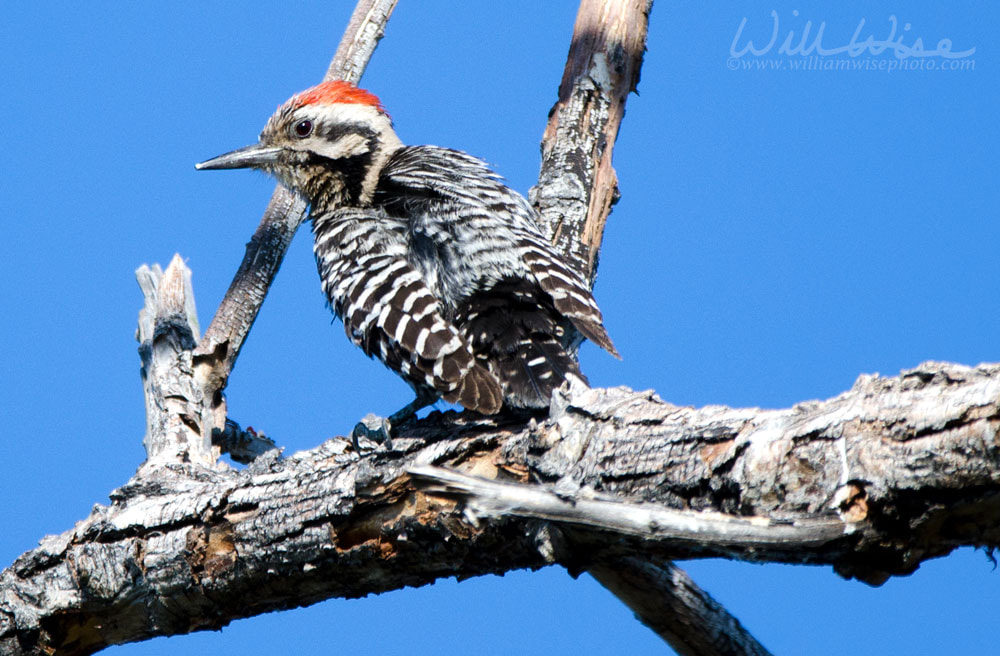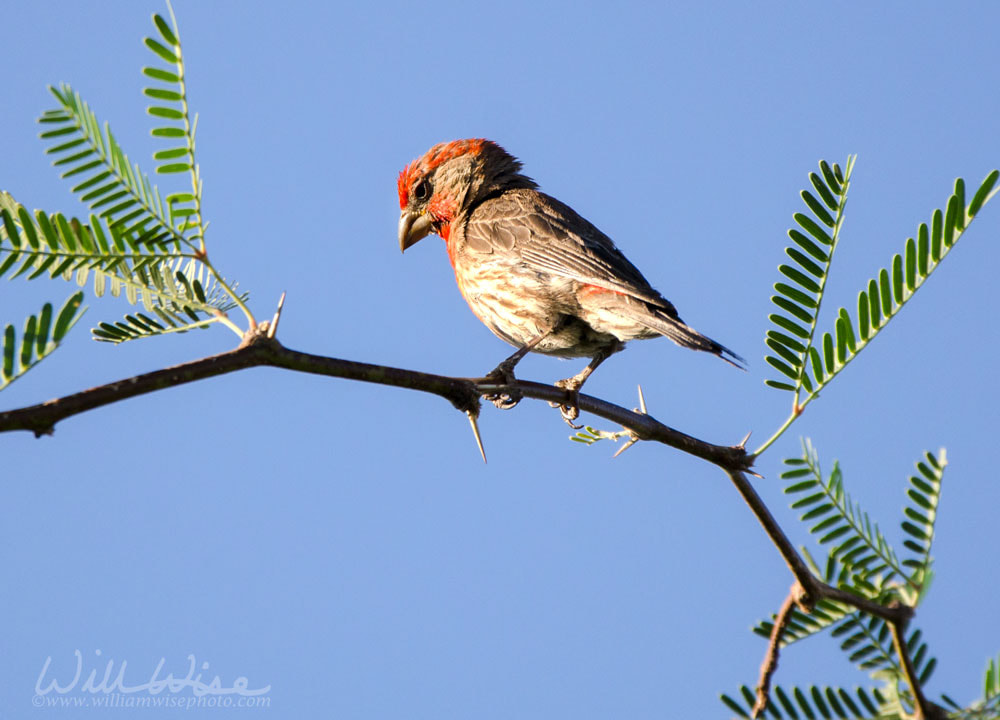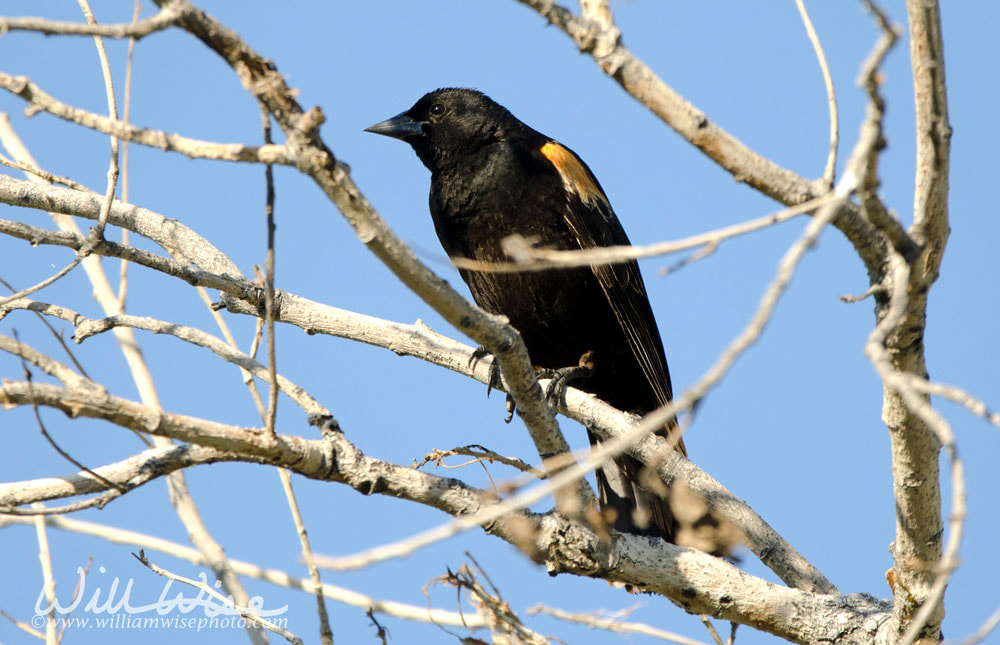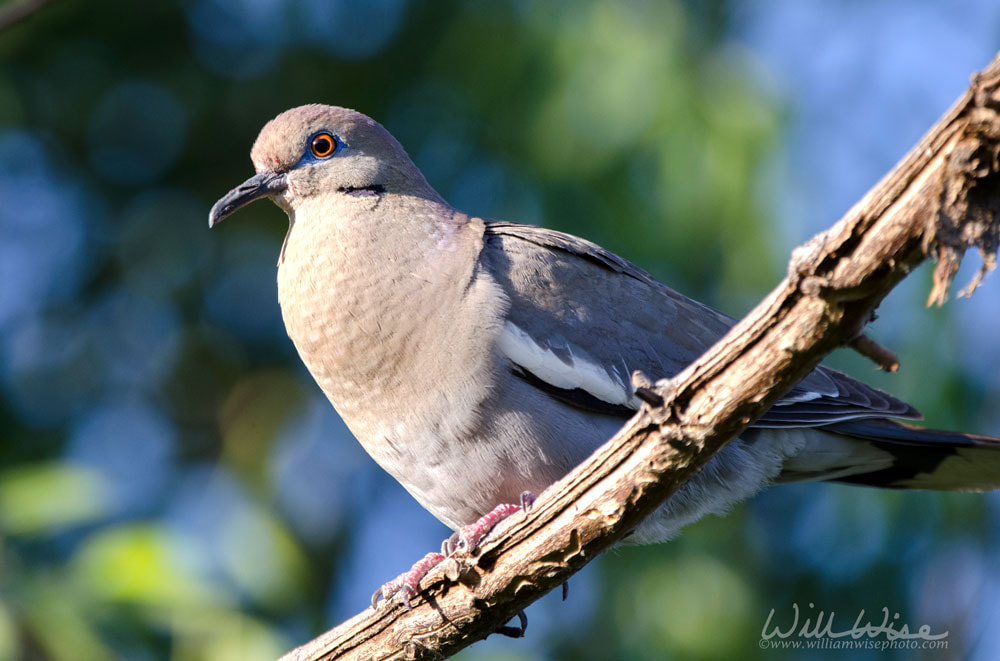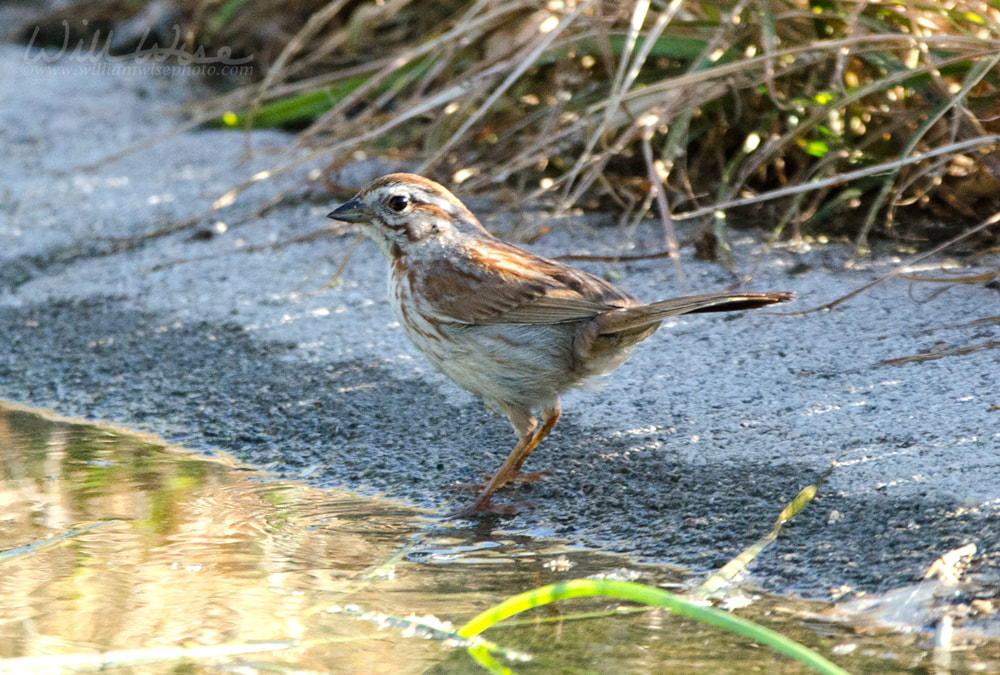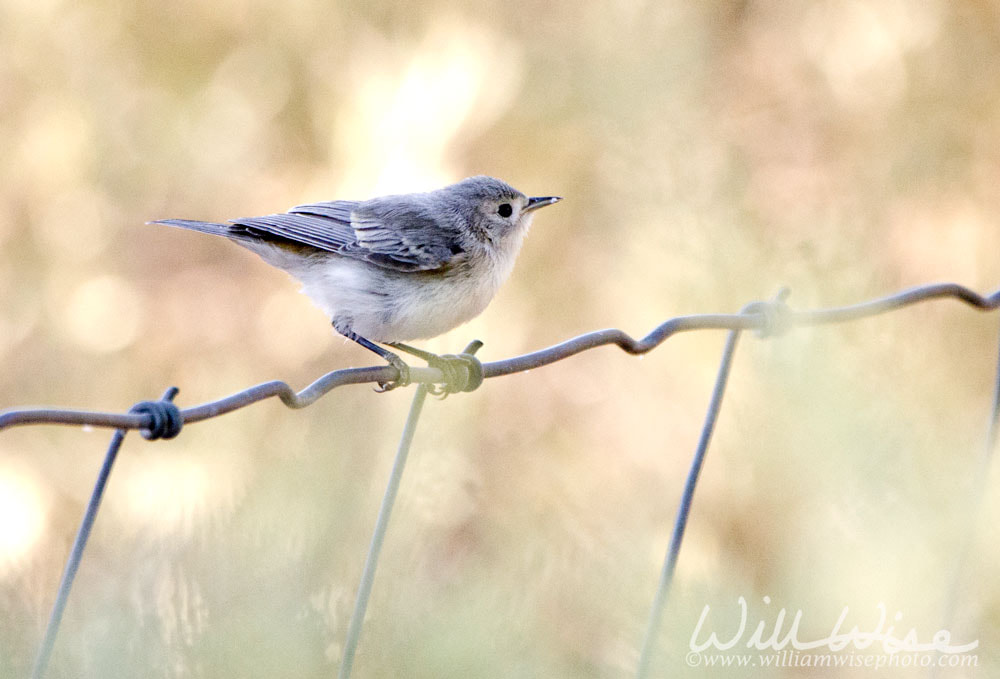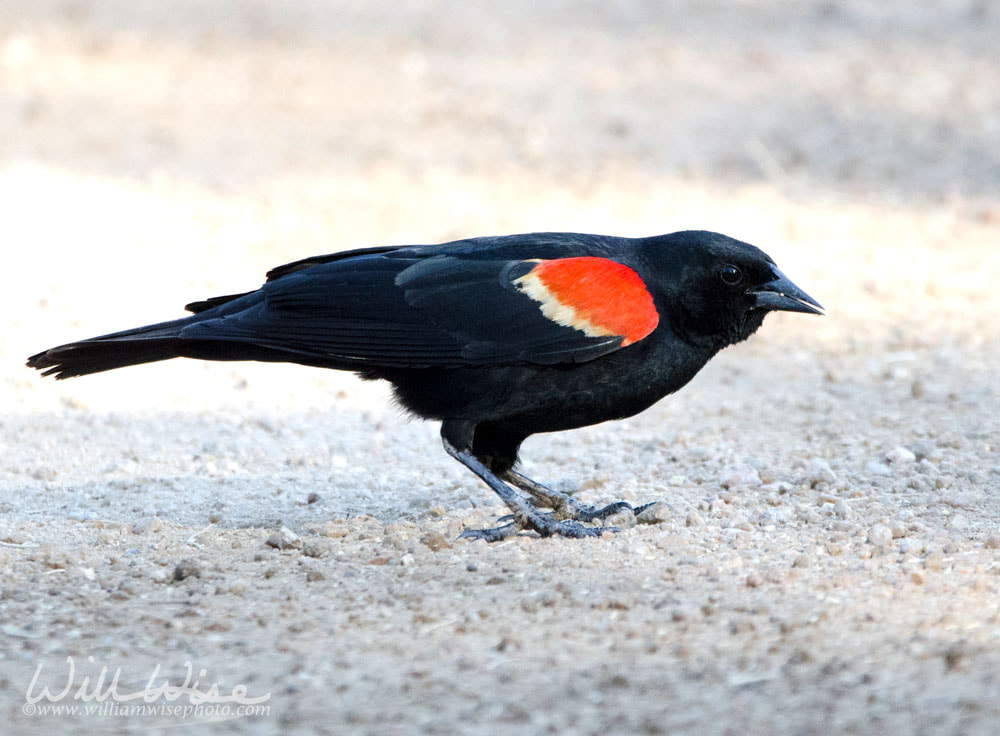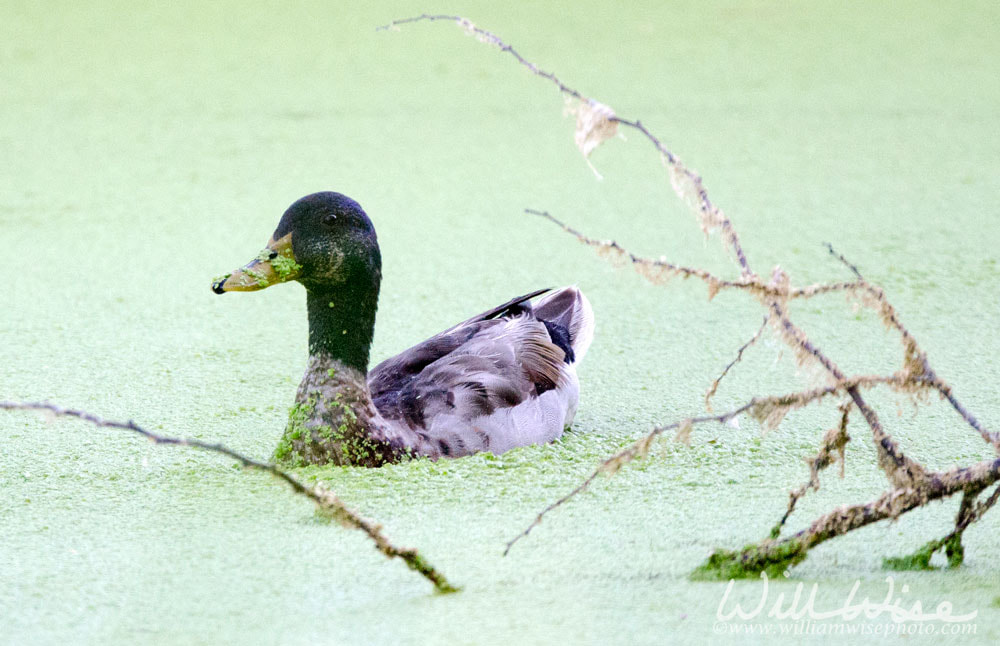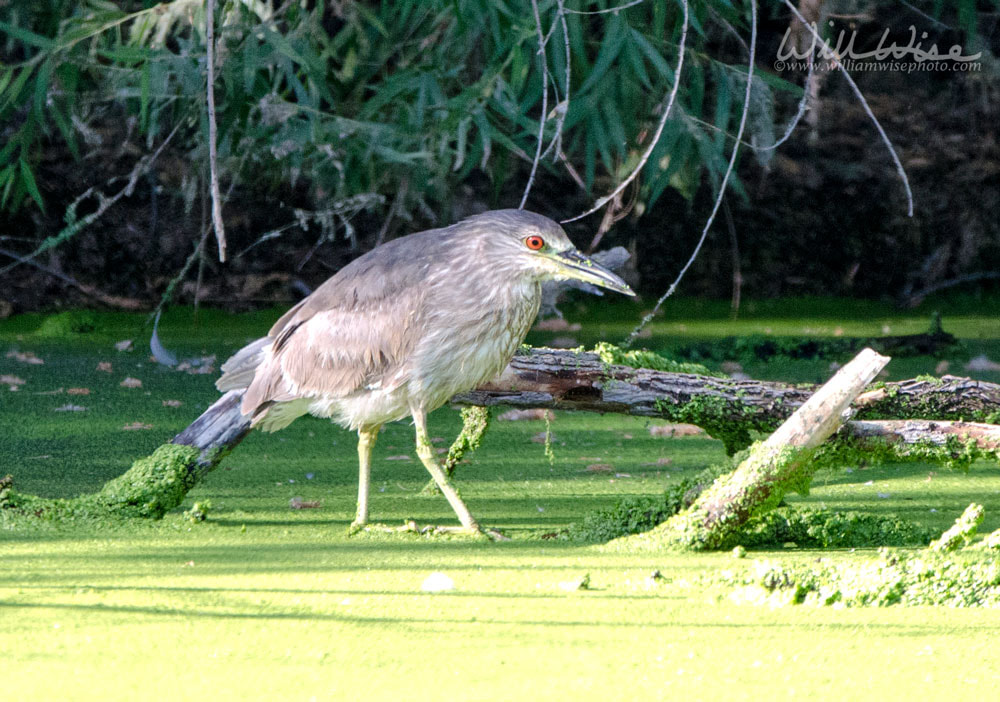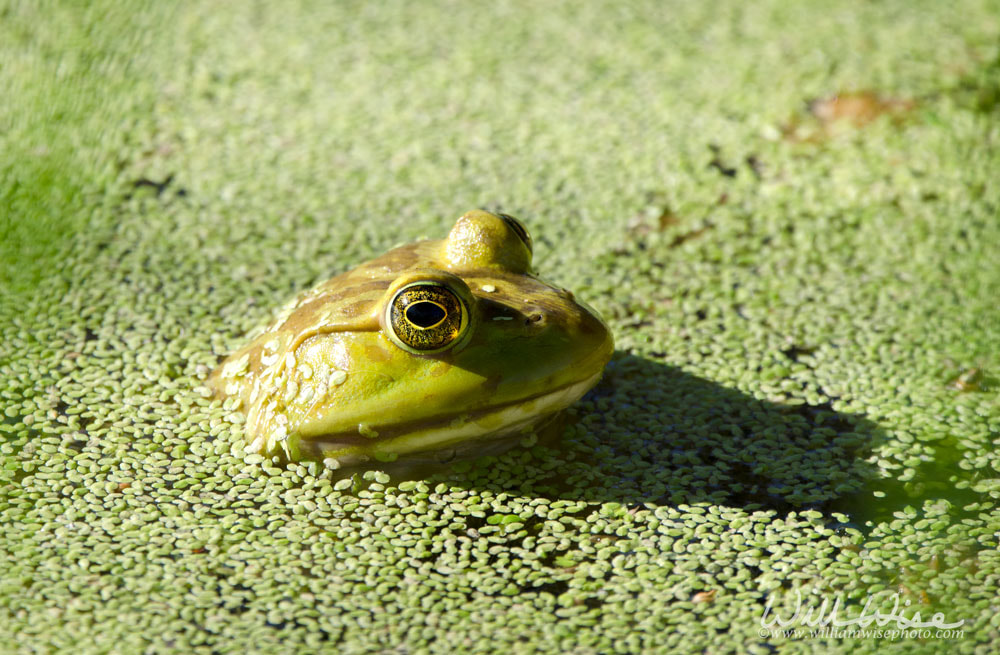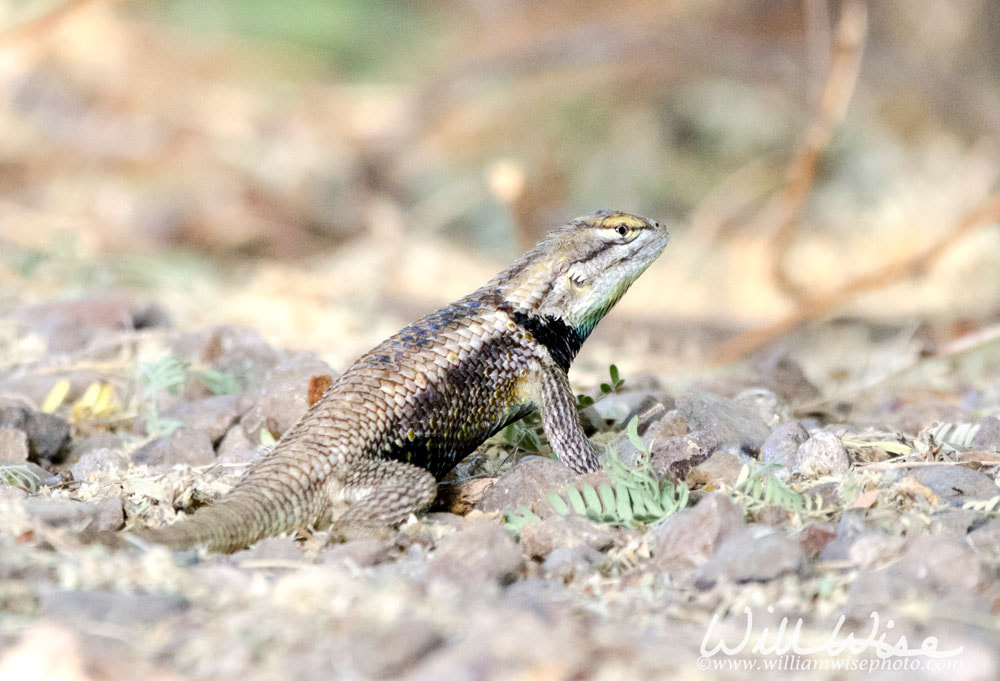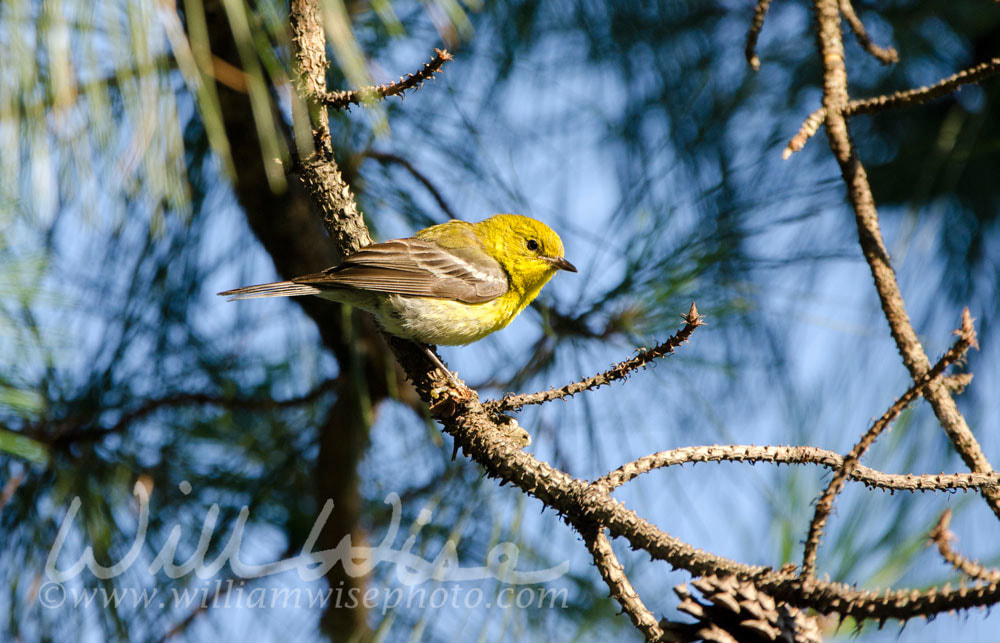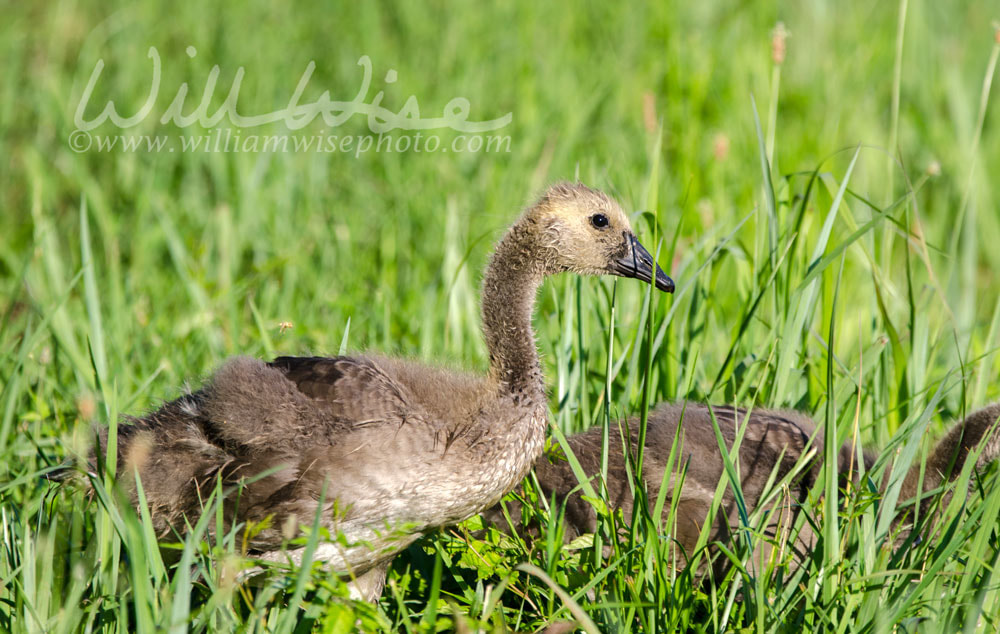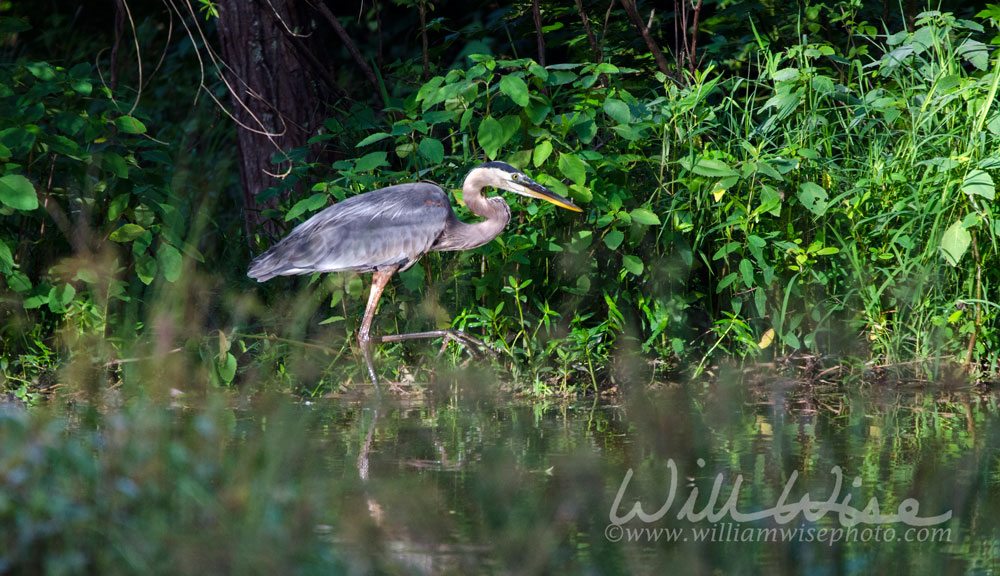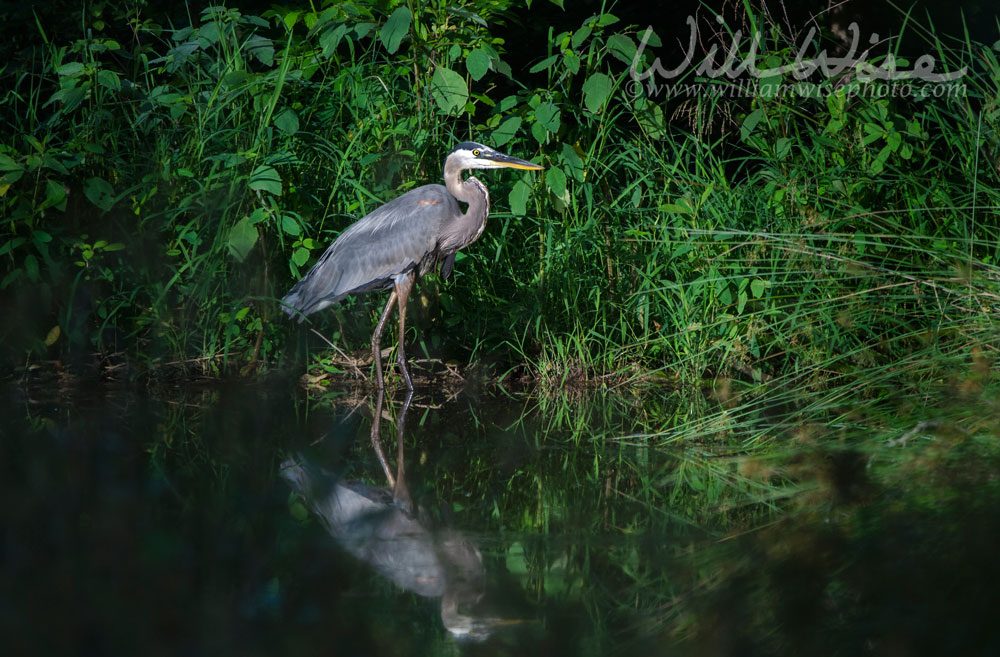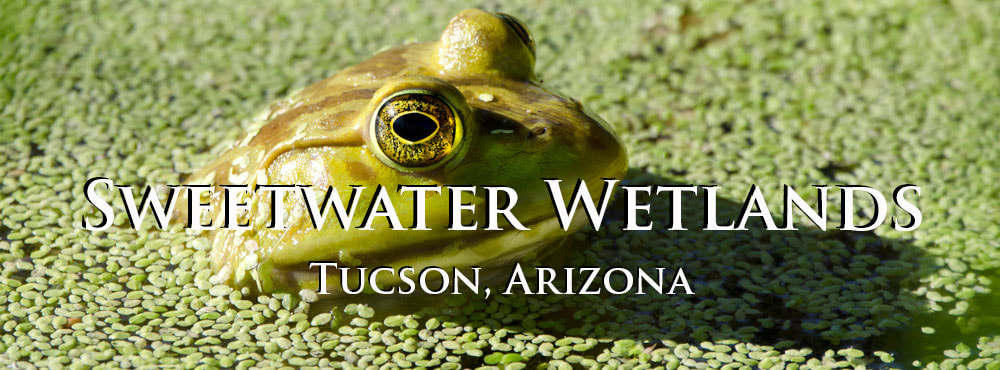 Sweetwater Wetlands Park in Tucson, Arizona is truly a desert oasis created by reclaimed waste water; a birders paradise! "He turns a desert into pools of water, a parched land into springs of water." Psalm 107:35 June 10, 2018 - At 5:30 AM I was already standing with anticipation in the parking lot of Sweetwater Wetlands Park in Tucson, Arizona. Because there is no Daylight Savings changes, it was sunny 79 degrees, even at this early hour. Not even twenty feet out of the parking lot, a plump little Life Bird ran across my path: a Gambel’s Quail. He darted too quickly into the scrub and I missed a shot. At the time I was frustrated, but had no idea of the abundant opportunities to photograph them that this week would hold. 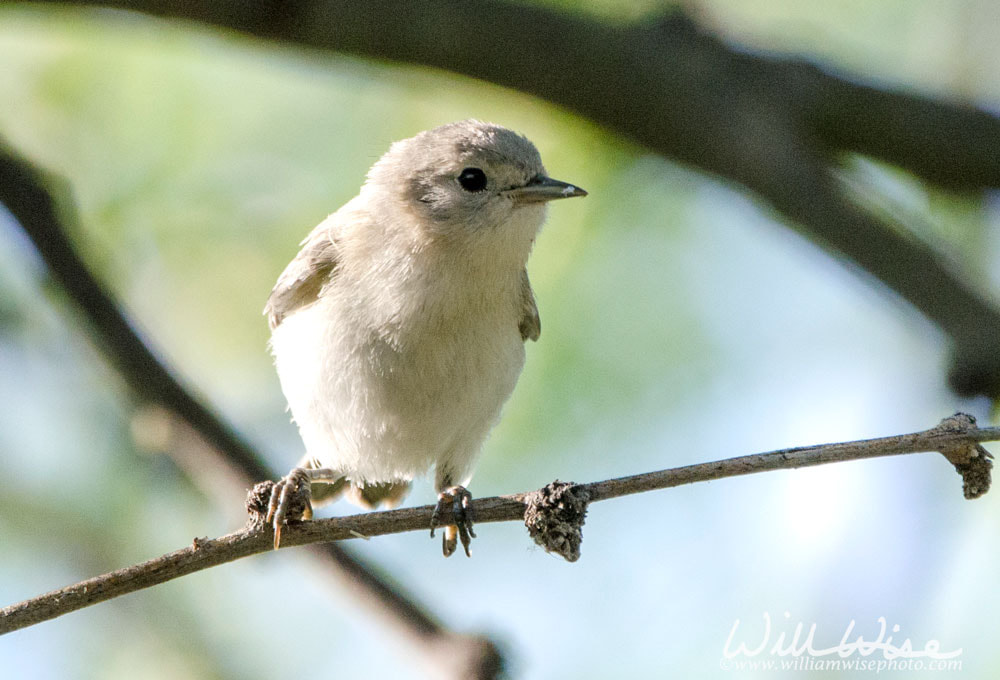 Lucys Warbler songbird, Oreothlypis luciae, range includes southwestern United States and northwestern Mexico. One of the smallest warblers, the Lucy`s Warbler is a bird of the hot Sonoran desert. It occupies the driest habitat of all the warblers breeding in that area. Photographed in June 2018 in Sweetwater Wetlands Park, a reclaimed wastewater treatment facility managed for wildlife habitat in Tucson, Arizona. Next, a rapid aerial foray between three Kestrels and a few swallows took place right before me. With so many photo prospects, and such a short amount of time, I began to feel frantic and rushed. I was whipping and wheeling my lens around, not knowing where to aim. But I soon settled in and systematically walked the paths, stopping now and again as the birds caught my eye. 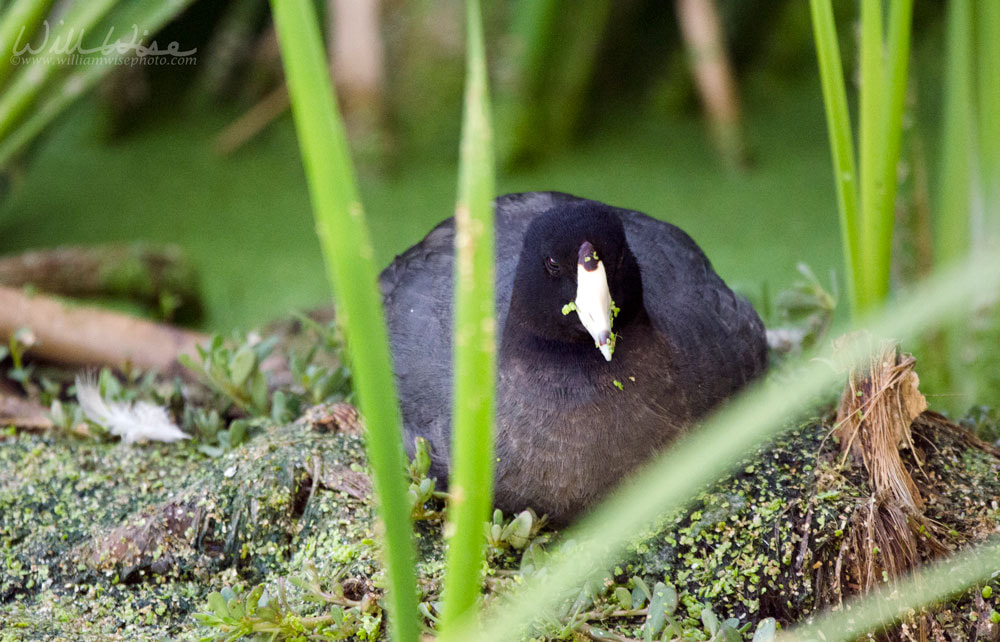 American Coot, Fulica americana, on nest in cattail and duckweed pond. Also known as a mud hen. Though commonly mistaken to be ducks, American coots belong to a distinct order. Sweetwater Wetlands is a reclaimed wastewater treatment facility managed for wildlife habitat in Tucson, Arizona. Photographed in June 2018. 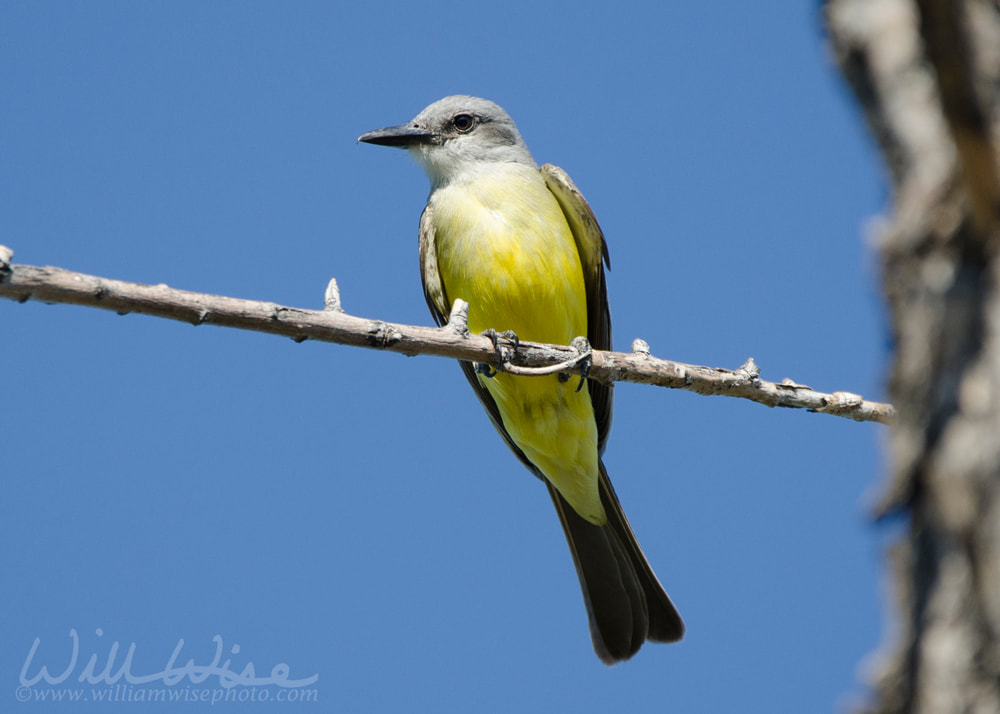 The tropical kingbird, Tyrannus melancholicus, is a large tyrant flycatcher. This bird breeds from southern Arizona and the lower Rio Grande Valley of Texas in the United States through Central America, South America as far as south as central Argentina. Photographed in June 2018 in Sweetwater Wetlands Park, a reclaimed wastewater treatment facility managed for wildlife habitat in Tucson, Arizona. A stream riparian oasis in the southwestern desert. Sweetwater Wetlands Park, Tucson, Arizona. June 10, 2018
0 Comments
 Sweetwater Wetlands Park in Tucson, Arizona is truly a desert oasis created by reclaimed waste water; a birders paradise! "He turns a desert into pools of water, a parched land into springs of water." Psalm 107:35 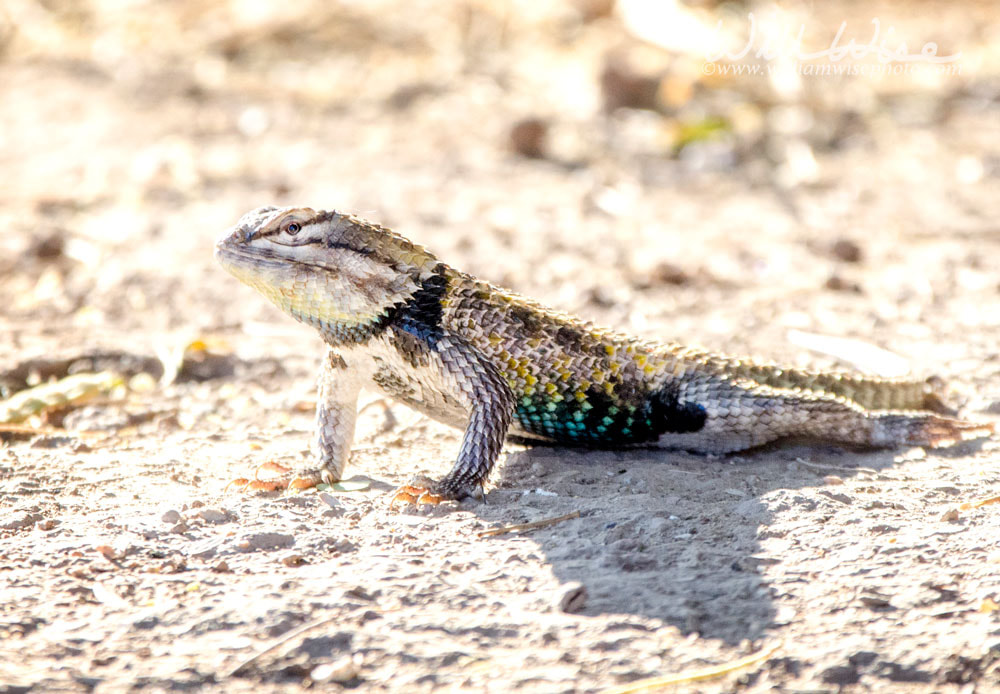 Desert Spiny Lizard, Sceloporus magister, native to the Chihuahuan Desert and Sonoran Desert of southwest North America. A fully grown desert spiny lizard will reach a body length of up to 5.6 inches. Photographed in June 2018 in Sweetwater Wetlands Park, a reclaimed wastewater treatment facility managed for wildlife habitat in Tucson, Arizona. While birding may have been my primary purpose on this morning walk at Sweetwater Wetlands Park, I found there were lots of other creatures that inhabit this riparian paradise in the midst of the Tucson desert. Sweetwater Wetlands Park, Tucson, Arizona. June 10, 2018 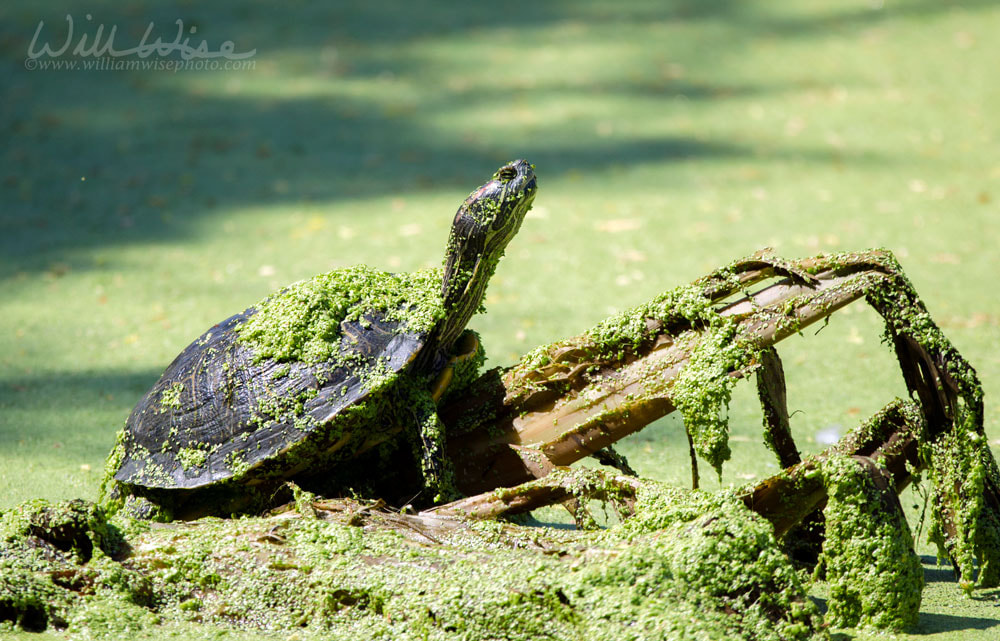 Red-eared slider turtle in duckweed swamp bog. Photographed in Sweetwater Wetlands, a reclaimed wastewater treatment facility managed for wildlife habitat in Tucson, Arizona. It is a stream riparian oasis in the southwestern desert. Duckweed filled ponds are surrounded by Cottonwood, Willow, Saltbush, Bulrush, Cattail, Mesquite and Wolfberry. Photographed in June 2018. 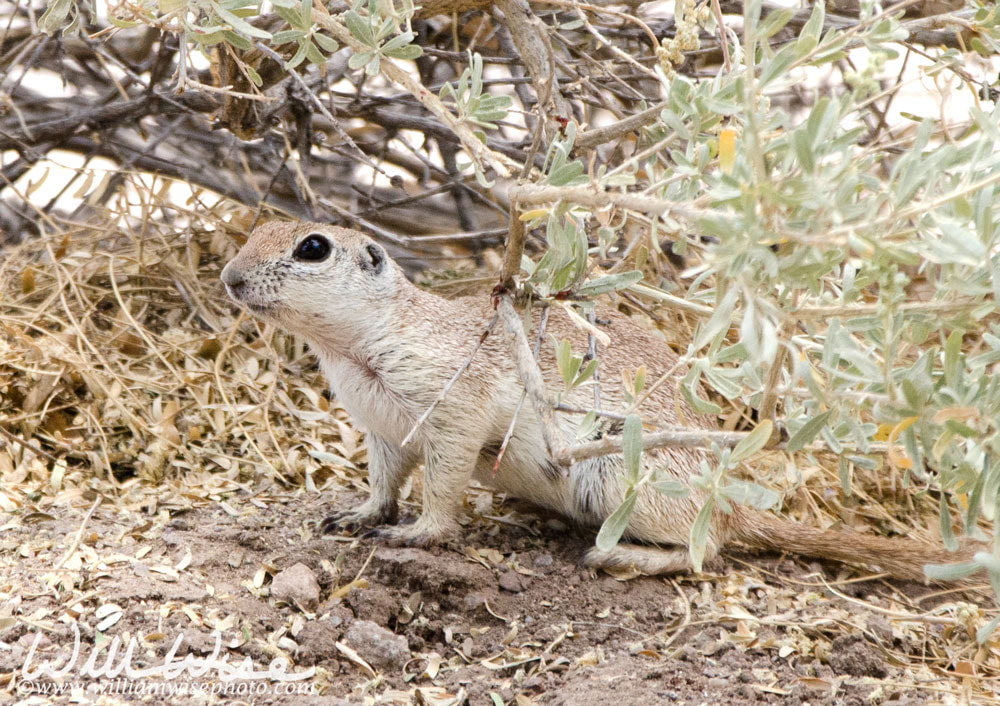 Round-tailed Ground Squirrel, Xerospermophilus tereticaudus, known as `Ardillón cola redonda` in Spanish, live in the desert of the Southwestern United States and Northwestern Mexico. Photographed in Sweetwater Wetlands, a reclaimed wastewater treatment facility managed for wildlife habitat in Tucson, Arizona. It is a stream riparian oasis in the southwestern desert. Duckweed filled ponds are surrounded by Cottonwood, Willow, Saltbush, Bulrush, Cattail, Mesquite and Wolfberry. Photographed in June 2018. Psalms 103:22 -- Bless the LORD, all His works, In all places of His dominion. Bless the LORD, O my soul! Thursday, 6:50 AM – The Eastern Meadowlarks on Snows Mill Road are making themselves quite visible and tease me each morning on drive way into work. The scene is picture perfect: a barbed-wire fence in front of a large, grassy meadow glowing bright in the orange in the sunrise. But every time I slow the truck, they fly up off the fence and onto the power lines; a less awe-inspiring photo. Arriving at work a bit early, I made my surveys of the main pond, upper pond, duckweed bog and beaver swamp. Not too much different there except that there are now three families of Canada Geese with different aged goslings. The original 6 goslings have grown and now all sport the black and white heads. The second pair that arrived with 4 goslings a few weeks ago is down to only 3 goslings now. And a new pair with smaller goslings has arrived. Quickly walking back to my office to beat the 8 AM clock in, I spotted a small yellow warbler. A Pine Warbler… and how fitting that he was up in a Loblolly Pine tree! This was my first Pine Warbler in Walton County, Georgia. Walton County, Georgia 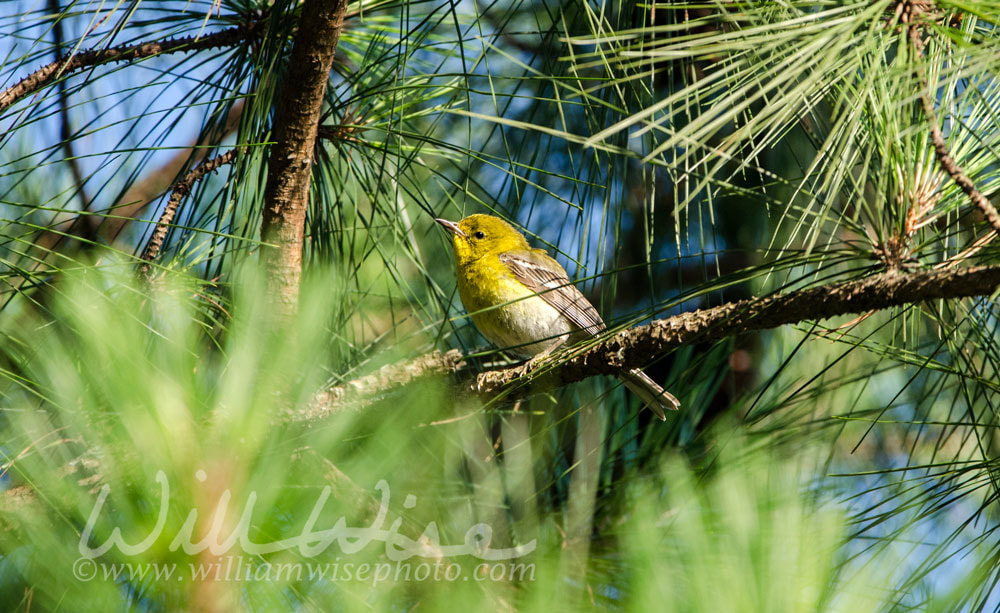 Pine Warlber songbird, Setophaga pinus, perched in a Loblolly Pine Tree, Pinus taeda. Photographed in June in Walton County, Monroe, GA. The Pine Warbler is common in many eastern pine forests and is rarely seen away from pines. These yellowish warblers are hard to spot as they move along high branches to prod clumps of needles with their sturdy bills. Pinus taeda, commonly known as loblolly pine, is one of several pines native to the Southeastern United States, from central Texas east to Florida, and north to Delaware and southern New Jersey. God gives goodness and beauty; our land responds with bounty and blessing. Righteousness strides out before Him, and clears a path for His passage. Psalms 85, The Message Wednesday, 7:58 AM – With all the rains falling the last few weeks, the briars and undergrowth have really taken off, making it a bit more difficult to get close to some of the swampier areas behind the animal shelter. In a moment of inspiration, I brought some branch trimmers to work to cut a couple of paths to the beaver swamps behind the firing range. Arriving about 30 minutes early, I take a quick stroll each morning before starting the day. This morning a beautiful Great Blue Heron, although typically skittish and quick to take flight, felt comfortable enough with my presence for some photos. Perhaps because I was mostly concealed on my narrowly cut path through the undergrowth. Walton County, Georgia |
Categories
All
Archives
July 2025
|
|
All content is ©williamwisephoto.com. Please don't steal images. My images are available at dreamstime.com. Stock sales go into the shelter photography program.
|
In December 1993 I came to know the Designer and Creator of this wonderful planet and its creatures: Jesus Christ.
|
Donations help support the animal shelter adoption photography equipment and adoption website hosting and domain fees. Thanks for your support!
|
